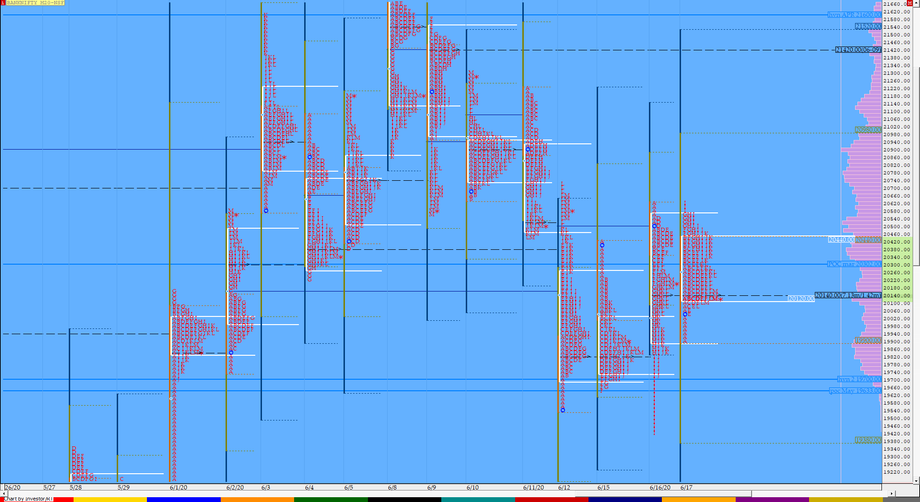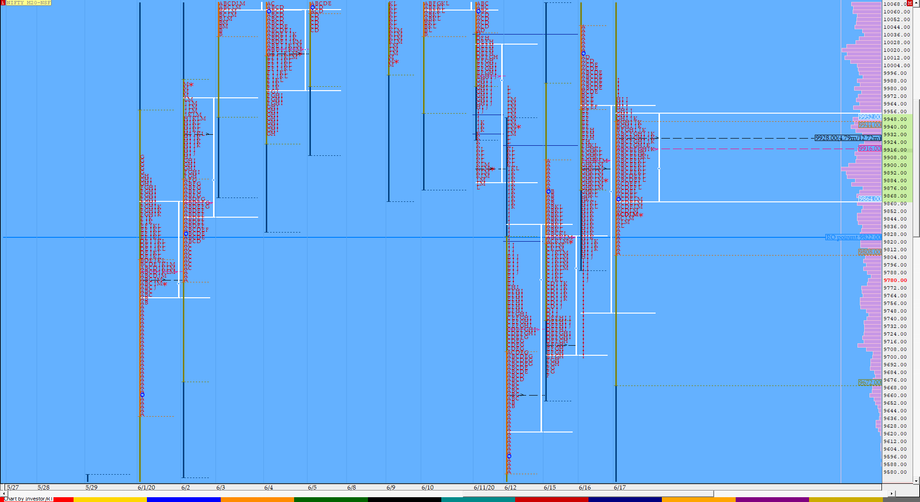You need a proper strategy when trading in the share market since it is a double-edged sword. Without a proper strategy, you will lose time and the capital that you will induce into a stock. Hence there is a better option; instead of betting on stock, you can directly bet on the nifty index.
There are many strategies like Nifty Future Strategies, where a trader takes a position in the nifty. There are two categories available one is the long future and the other short future. In a long future strategy, the buyer will commence a long (buy) position in futures with the objective of profiting from the potential rise in the instrument that underlies the future contract.
Since the future is a derivative of the underlying instrument and its price tends to move in sync with the underlying instrument's price. If a trader is establishing a long position in the future, he or she will have a bullish outlook towards the instrument that underlies the future contract. For example, if the trader is long on nifty futures, he will have a bullish view on the nifty 50 index, which is the underlying instrument.
A long position can be maintained by the trader for intraday or for holding the position overnight until the expiry. If the trader wishes to hold the long position as the expiration of the future draws nearer, the trader will have to make a choice whether to take delivery or close the existing long position.
In the long future, the trader has a bullish view of the market, but the trader has a bearish view in the short future. A trader can short in futures and carry the position forward until the expiry. It is a popular strategy in which a trader will initiate a short (sell) position in the future with the object of profiting from the potential decline of the instrument's price that will underlie the future contract.
A trader assuming a short position will have a bearish outlook on the instrument that underlies the future contract. For example, if the trader is short on nifty futures, he will have a bearish view on the nifty 50 index, which is the underlying instrument. Whichever strategy the trader wishes to establish and take a position in the future, it is important to stop loss in position and abide by that stop-loss if the outlook goes wrong.
Another strategy is highly popular among the traders, and it is known as Nifty Option Strategies. An option is a contract between two parties which gives the buyer the right but is not obligated to buy or sell a security at a predetermined price on or before the predetermined date.
To acquire this right, the buyer gives a premium to the seller of the contract. The buyer's financial contract is known as the call, which gives the buyer the right to buy, but there is no obligation to buy a certain underlying asset at a certain price, which is identified as the strike price.
Similarly, the seller's financial contract is known as put, which gives the seller the right to sell but not obligated to sell a certain underlying asset at the strike price on or before the expiry date.
The greatest feature of Bank Nifty Options is that if an individual or institution has the right but is not obligated to exercise the derivative, it means if the operation turns out to be non-profitable; the buyer can abstain from completing the transaction and will have to face the loss of only the premium paid. But if the buyer does exercise the option, then the seller must fulfill the contract. An option is the best tool to hedge the exposure of a certain asset.


